Simic Greenshell Card by Card Power Rankings
And some thoughts on interaction as card advantage
The Simic Greenshell list I have been working on is back to being one of the best decks in Pioneer thanks to some new cards from Duskmourn, changes in the meta, and some innovations I have made in response to those changes.
I have played it in two challenges, going 15-4 across the two. Getting second in one and the other was a Showcase Challenge with 300+ players where I went 7-2.
The deck felt even stronger than that because I was playing poorly during the Showcase Challenge, losing one match to time that I should have won and needlessly dropping games along the way and even with those issues I still went 7-2.
Others have started to pick up the deck and are posting strong results.
To help give a better idea of what makes the deck strong I’m going to break it down card by card. But before that I’ll cover the larger structural changes I’ve made to the deck.
Pawpatch Formation for Storm the Festival
The biggest structural change from my original list is that I have cut the Storm the Festivals.
Storm the Festival was in many ways the weakest card in that list. It cost six mana, put on deck building constraints, and with surprising frequency would just hit two lands.
But whenever I tried cutting it, the deck would feel underpowered in its ability to reliably out value opposing decks. So I eventually came to terms with it being a necessary card and building accordingly.
With Duskmourn and the Regional Championship a big change happened in the meta where almost every deck shifted to having a core enchantment based value engine.
Phoenix became an Artist’s Talent deck. Demons became a major player on the back of Unholy Annex. Fable continued to be in a number of places. Enigmatic reemerged with Up the Beanstalk, Fable, Enigmatic, and the Overlords. And Enduring Innocence in the new Selesnya Company decks.
This led to a new insight I had for the deck, if I run a bunch of maindeck enchantment removal, I can turn off my opponents value engines. This means I can shave on my own value engines without worrying about being outvalued. Given that I can finally cut Storm the Festival.
The theory for the current meta: Enchantment Removal = Card Advantage.
Part of why I was thinking this is there were two new maindeckable pieces of enchantment removal I was looking to run.
So I rebuilt Simic Greenshell trying to maximize these two cards. I happened to have this idea right before one of the few challenges I was able to play in, so I deviated from my normal brewing process and took it right into the challenge.
I got second place. My theory felt spot on where the maindeck enchantment removal meant that I did not fall behind in value matchups. And since that enchantment removal could cantrip or find targets in almost every matchup it never felt like a liability.
I only made small changes where the deck felt a bit land heavy, so I removed some land and I found myself always leaving Treasure Cruise on top when I surveilled, so I added a second and another Fading Hope for more interaction and Treasure Cruise fuel.
I took that version into the Showcase Challenge and it felt great.
Decklist Link
Card by Card Power Rankings
I am going to rank the cards by how important they are to the deck. This is a highly synergistic deck, so obviously you cannot really think of the cards individually but I do think the exercise will help you understand where the power in the deck lies. On the land side I will only include the deserts to help keep this list more manageable.
1. Arid Archway
It is easy to think of this as a Greenshell deck, but really this deck is the evolution of the Desert brewing I have been doing since OTJ.
The four most powerful cards in Pioneer are Fable of the Mirror Breaker, Treasure Cruise, Unholy Annex, and Arid Archway. Simic Greenshell is the current best Arid Archway deck.
Karoos are Modern power level cards, so it makes sense to try and maximize the one Karoo we have in Pioneer. Arid Archway is a land that essentially draws you a card for the cost of coming into play tapped. Your deck makes use of the extra mana and late game it is frequently returning a Glasspool Mimic or Boseju to hand.
Even better than the classic Karoos, Arid Archway gives you a surveil, so when paired with Conduit Pylons it gives you amazing control of the top of your deck. You are frequently sequencing Conduit Pylons, into Arid Archway returning Conduit Pylons, into replaying Conduit Pylons so you are getting a free surveil from your lands every turn.
2. Arboreal Grazer
Again, like I say in this article, one of the key Pioneer brewing hacks is to play Modern power level cards.
Arboreal Grazer is definitely Modern power level. It ramps you while essentially gaining you a bunch of life by being a great blocker.
When paired with Arid Archway it’s basically a one mana version of the Uro effect of gain 3 life, play a land, draw a card.
Even better in this deck it acts a body for Dreamdew to stun, to use Map tokens from your opponent’s Get Lost, and eventually attacking when you have 10 lands and Greenshells in play.
3. Fecund Greenshell
The decks namesake card and its core value engine. This is a value engine that helps stabalize the board, close out the game with the pump, and dodges the formats best creature interaction in Fatal Push and Lightning Axe.
4. Yorion
I am going to keep saying it, you want to brew with Modern power level cards and Yorion is banned in Modern.
This is a ramp deck full of ETBs, which makes Yorion particularly strong. A board of Grazer, Clifftop Lookout, Greenshell, can get to 8 mana fast and then when you play Yorion you get 4 Greenshell triggers plus an additional land or two in play.
With Yorion it is important to defend your life total early. A common play pattern is ramp, build up board, protect life. Then Yorion for big value and turn the corner. Think things like Dreamdew stunning a creature on the initial ETB and then drawing cards with Dreamdew on the Yorion flicker.
5. Glasspool Mimic
Glasspool Mimic is one of the most underrated cards in Pioneer. In the right situations it can have extremely high impact for three mana. And in other situations it will just act as a land. That kind of situational high impact, low floor is exactly what you want out of your MDFCs.
It is particularly strong in this deck because the Arid Archways allow you to play it early as a land and then pull it back to hand late when it can copy a Greenshell.
It is so strong that when I try the Selesnya version of the deck I have started to add it as my only Blue card (which is also part of why I have shifted my focus back to Simic).
6. Conduit Pylons
I talk about this in the Arid Archway section, but the ability to control the top of your deck is huge. What made Amalia so strong as a deck was its resiliency and a huge part of that resiliency came from the ability to control the top of its deck thanks to all the explore triggers.
The combo of Conduit Pylons and Archway provides a similar impact. It is so much surveil that it even enables the deck to run a couple Treasure Cruise.
This also makes the deck challenging to play where it creates a lot of decision points and optimal land sequencing is critical to success.
7. Clifftop Lookout
This is the perfect glue card for this deck. I would probably run 10 if I could.
It ramps you in an extremely resilient way by adding lands. There is so much utility on the lands in this decks that it is often more than just an additional mana you are getting.
Then, similar to Grazer, it triggers Greenshell, effectively gains you life as a chump blocker with Reach, takes Dreamdew stun, and eventually it attacks powered by Greenshell.
8. Ipnu Rivulet
I talk about what makes Ipnu Rivulet so strong here:
The majority of matchups Rivulet’s mill does not matter. However, it has massive impact on a few matchups. It turns the Phoenix matchup into a great matchup and it turns Control from unfavored matchup to a favored matchup. And there are a few other matchups where it will give you that necessary extra angle of attack.
If you are facing Phoenix, Control, or any other deck that goes through a ton of its deck you need to have the mill win as a possibility in mind from turn 1 and play accordingly.
Having Ipnu in the deck adds inevitability to the deck that transforms this from a good deck with some good and some bad matchups into a great deck with mostly favored matchups.
9. Dreamdew Entrancer
Another Frog that acts as a perfect glue card for the deck. I primarily use the stun on my opponents creatures because I am usually more at risk of dying to aggression from my opponents than from them being able to out value me, but the card draw is also great and it is somewhat close to 50/50 on which mode I use.
And then you have all the other factors of it triggers Greenshell, blocks with Reach, blinks well with Yorion, and is good to copy with Glasspool.
10. Pawpatch Formation
I called this as one of my top cards from BLB.
Green just does not get good creature interaction and this is an amazing interaction spell. As I mentioned at the start Enchantment interaction is huge right now. Beyond the enchantment value engines a number of the best creatures are enchantment creatures: Overlords, Fear of Missing Out, Kumano, Fable.
Then add on how many key creatures in the format are fliers: Ledger Shredder (and almost all the other creatures in Phoenix), the demons, Slickshot, Aven Interupter and more.
The whole package is a great piece of interaction that can also cycle plus gain you life if the interaction is not particularly relevant in a given board state or if you need to make sure you are hitting land drops.
11. Insidious Fungus
Simic Greenshell was already a strong deck and then Duskmourn provided it an on plan one drop. That is a recipe for a deck jumping in power level.
I may be underestimating how important Insidious Fungus is and should have it higher on the list.
Similar to Pawpatch, Fungus provides modality of either relevant interaction if that’s what the board calls for or advancing your own plan.
Pawpatch is used more on the interaction side, whereas Fungus is used more for the advancing your own plan side with its Explore effect. But both provide that flexibility at a cheap cost that is key to a successful card.
12. Fading Hope
This is a rampy midrange deck. As such it needs creature interaction, a notorious weakspot of Simic. That’s part of why Pawpatch is so valuable to this deck and Fading Hope continues to be another one of my favorite pieces of creature interaction in Simic.
The key thing with Fading Hope is I use it on my own creatures something like a third of the time. With all the ETBs in this deck it is a great card against removal and against decks counting on using wraths to get back in the game.
13. Outcaster Greenblade
Outcaster Greenblade is a Tarmogoyf that for one extra mana draws you something like 1.3 cards on ETB (thanks to the powerful deserts).
When playing against Thoughtseize decks this is one of the cards you most want to see because it helps you control the board while providing you the card advantage to bridge to the late game.
The reason it is lower is some decks can kind of ignore it by flying over or having a bunch of chump blockers. But whenever I try and cut the card this deck feels underpowered, which makes you realize Greenblade is doing a lot of lifting for the deck, allowing it to pressure the opponent on different dimensions from the rest of the deck, while still being on plan.
When playing with Greenblade it is important to prioritize getting deserts into play, even if you do not have a Greenblade in hand. You want it entering as a 4/5 not as a 2/3.
14. Blue Sun’s Twilight
Again this is a rampy midrange deck, so you need creature interaction and the control creature effects are some of the only unconditional creature removal effects you get in Simic.
I was playing Kitnap before because it pairs well with Storm the Festival. But without Storm, Blue Sun’s is the more poweful card. It has a few things going for it: stealing Fable tokens for two mana, the copying a creature part making it a late game bomb that can help you go over the top, and being a sorcery it helps you fill up your graveyard enabling the Treasure Cruises.
15. Negate
One of the questions with the deck is after “going off” with Greenshell, how do you ensure that is a win. I tried playing with one Ulvenwald Oddity originally, then replaced it with Temporal Trespass.
I then eventually had the insight that Negate is the best option for this role. It counters the wraths that are your primary concern, but also a few other cards that will potentially turn the game back in your opponents favor.
It is also cheap and relevant in many other parts of the game unlike the other cards I tested. Do not feel you need to save it for the late game. If you “go off” with Greenshell you are likely winning regardless. The Negate is more low cost insurance there.
It is only a one of, but it is exactly the kind of one of you want where it has an outsized impact in that role.
16. Spelunking
Spelunking can create the decks most powerful feeling moments. Chaining lands off Fecund Greenshell to go through a huge chunk of your deck and allowing your Arid Archways to come into play untapped.
But it is also three mana and doesn’t affect the board or guaranteed ramp you, so it can be a bit slow.
The important thing to keep in mind is this is a midrange deck, not a combo deck. Spelunking adds texture to the deck by giving it a combo like angle, but it is not the primary gameplan. If you feel you need Spelunking to win that is likely a sign you are trying to win by going way over the top of your opponent instead of trying to win tight midrange resource trading games.
You want to draw one Spelunking in the game, but you would sooner have zero than two, so given that it seems like a perfect two of in an 80 card deck.
17. Treasure Cruise
Treasure Cruise is a strange card where I think everyone realizes that it is one of the most powerful cards in the format, but I think it is underplayed. There is nothing that says it can only be played in Phoenix!
In this deck we have a bunch of surveil, instant and sorcery interaction, cantrips, and chump blockers. You should be aggressively using your mana and deploying your resources, which will naturally get 5+ cards in the yard.
At that point, Treasure Cruise becomes good rate. Especially with the surveil giving you a bit of control over when you draw it.
Again this is a card where you want to draw one during the game, but would sooner draw zero than two, so running two in a Yorion deck feels right. I could see trying to figure out how to get cards more reliably in the yard and going up to three.
18. Spinewoods Armadillo
If you notice the deserts fill up several of the top card slots on the list. So being able to tutor them while gaining life does not seem too bad.
Casting the Armadillo as a creature is particularly relevant in the Phoenix match, but not in many others. Still, it does come up and is a good option to have.
This is the card I am most likely to cut, but it really helps in Phoenix, so I am hesitant to cut it. It is particularly important in the Phoenix matchup because I side out the Greenblades there. Ipnu Rivulet is still a key card for the Phoenix matchup, so I still want some desert tutors. So both halves of Armadillo are very relevant post board against Phoenix.
Mana Sequencing
How you sequence your lands is likely the most important aspect of playing the deck. If you sequence well you should be getting tons of surveils and not having issues with colors. If you sequence poorly you will likely get flooded and/or have color issues.
The land you play most frequently is Pylons since it will be the most frequent land you tutor for with Greenblade and Armadillo: it comes into play untapped, it surveils, and helps ensure there are not issues with the color pips in your cards. Arid Archway is more powerful, but you usually only need one or two Archways to get enough value. I will frequently end up with 4 Conduit Pylons in play.
Matchups Against the Current Top decks
Izzet Phoenix- Favored (sideboard plan is side out 4 Greenblade for 4 Ghost Vacuum, 2 Dispute for 2 Blue Sun. If they have Third Path Iconclast leave in Blue Sun and bring in all 4 Aether Gust as well)
Rakdos Midrange- Favored
Rakdos Prowess- Neutral, coin flip really matters. Manifold Mouse is the big problem. In versions that run Slickshot instead of Manifold you are favored.
Mono-Black Mirange- Favored but close
Selesnya Company- Favored (chance this is close, I need more reps)
Mardu Greasefang- Favored (bad game 1, but the Ghost Vacuums make you favored games 2 and 3. Reach chump blockers and instant speed artifact and fliers removal allows you to survive through a reanimated Parhelion. Chance this is close, but currently feels Favored to me.)
Azorius Control- Favored if you play fast, Favored but close if you are like me and running out of time is a concern. Unfavored but close if it is the Yorion version, since you are still likely winning with mill but it is more difficult to pull off.
Rakdos Transmogrify- Favored. Stealing Atraxa with Blue Sun feels great, you only get one, but the copy gets you the Atraxa trigger (chance this is close I need more reps).
Lotus Field- Not sure, I have had very few reps against it. The counters in board will help but not sure if it is enough.
Enigmatic- Favored (the new Zur Overlord list is definitely trickier, will need to add more Back to Natures to the board if that picks up)
Azorius Spirits- Unfavored but Close (I do not have enough reps here to say with confidence as the games feel close)
None of these are free wins. Probably the matchup you most want to see is Phoenix, which is good because it is consistently one of the two most popular decks. But even that is a losable matchup.
The big thing is you are favored in most matchups and if you combine that with good play and the brewers edge of having greater familiarity of the matchup than your opponent does, you are going to get strong results with this deck.






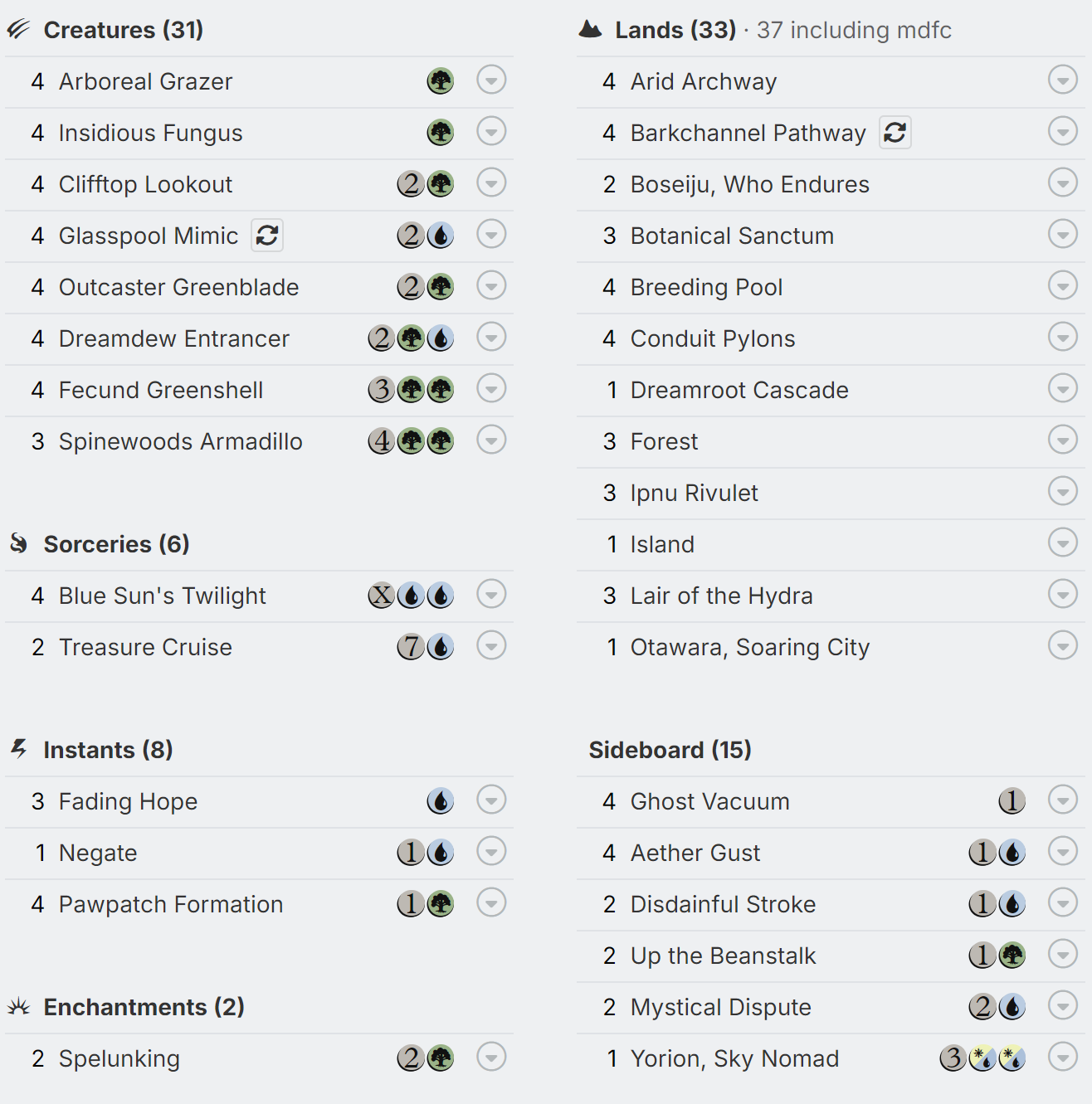
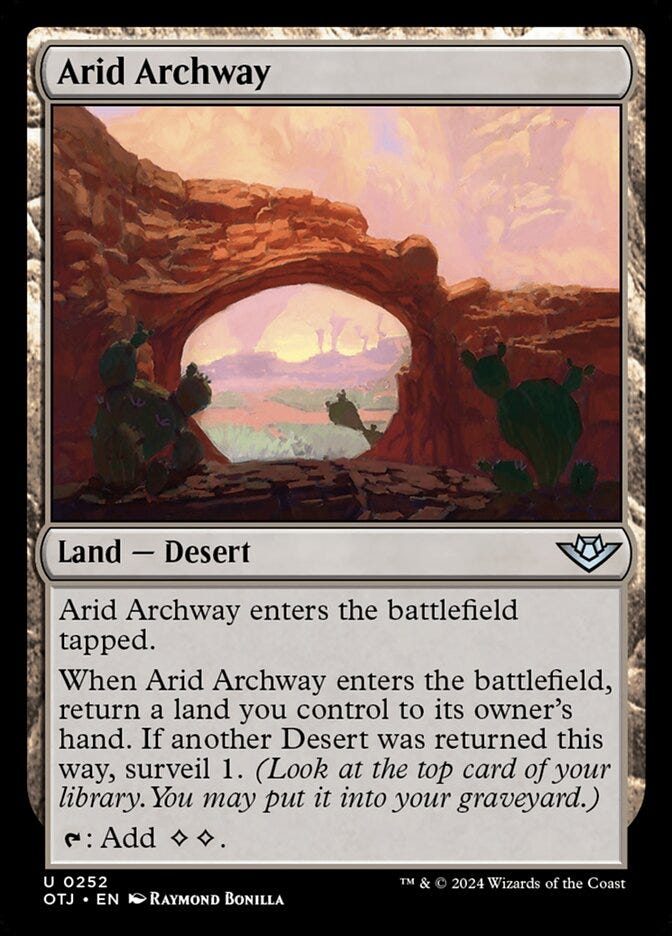



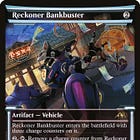
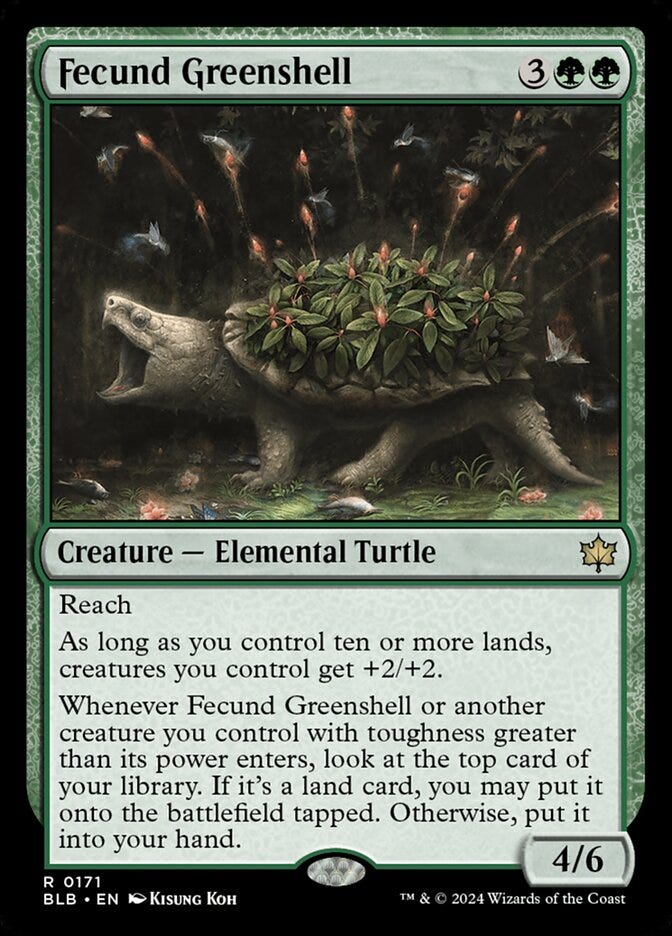
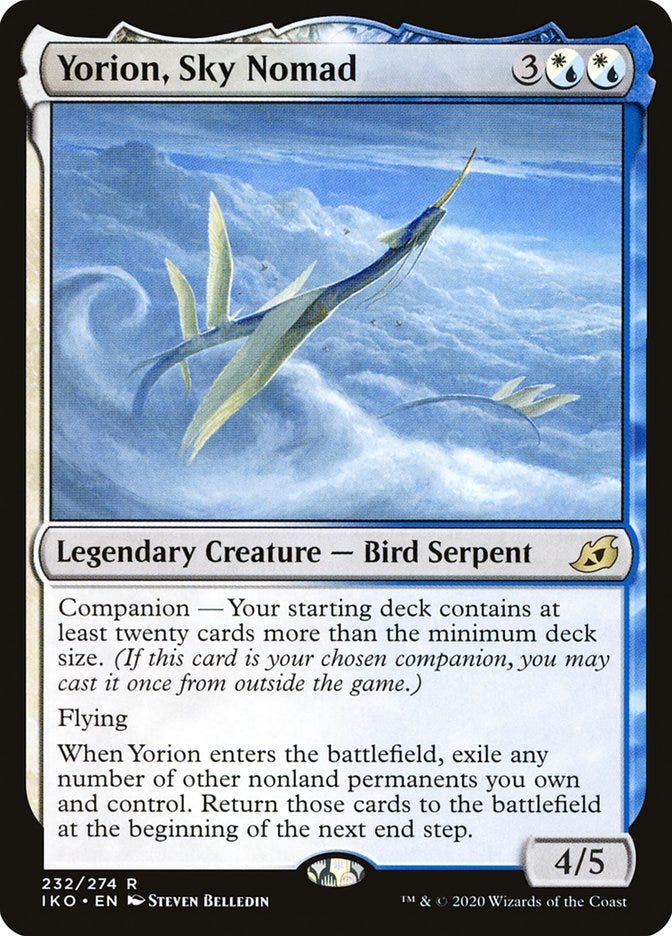
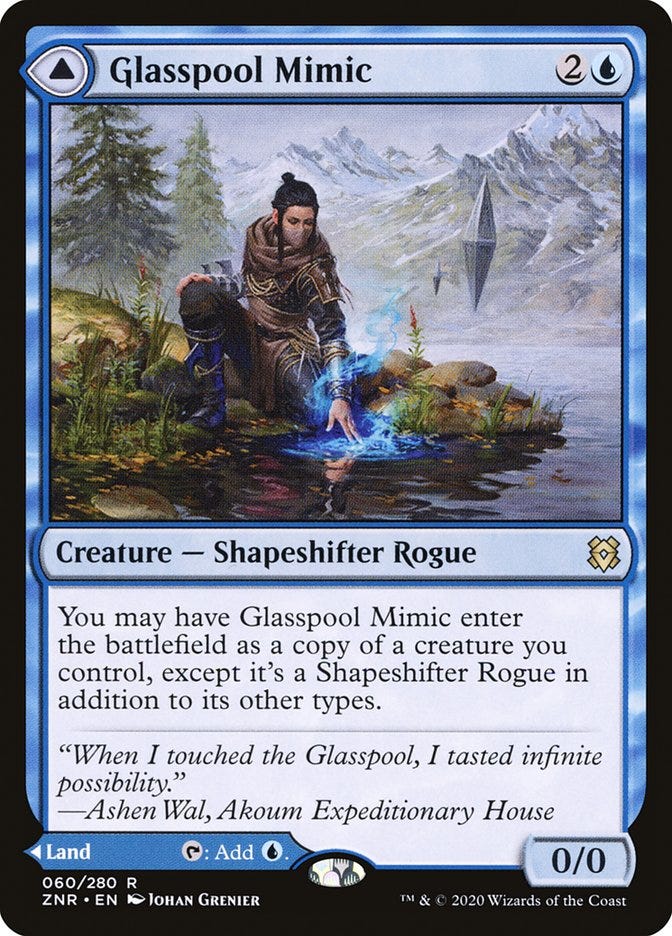



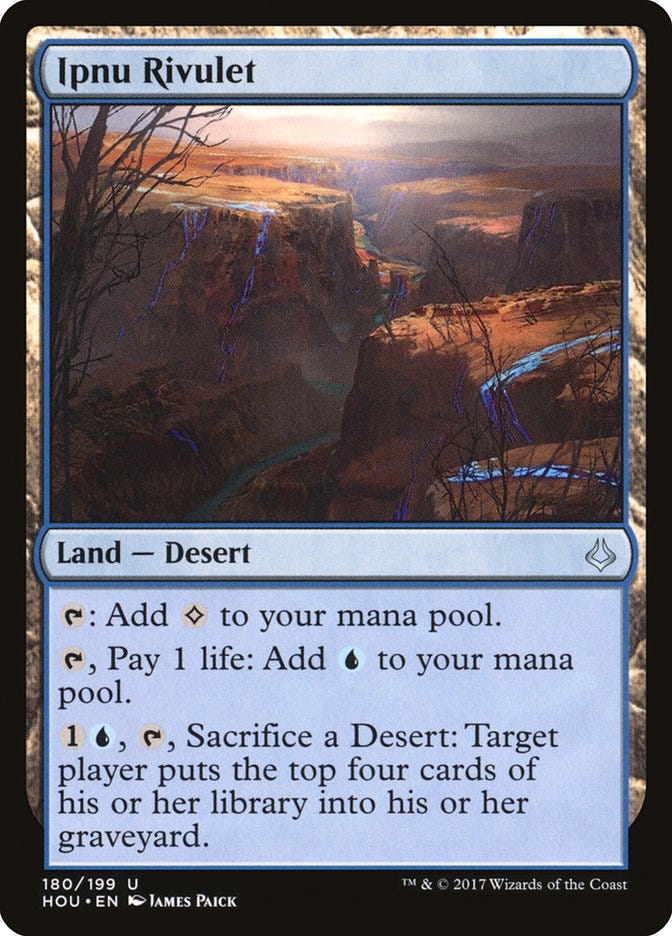

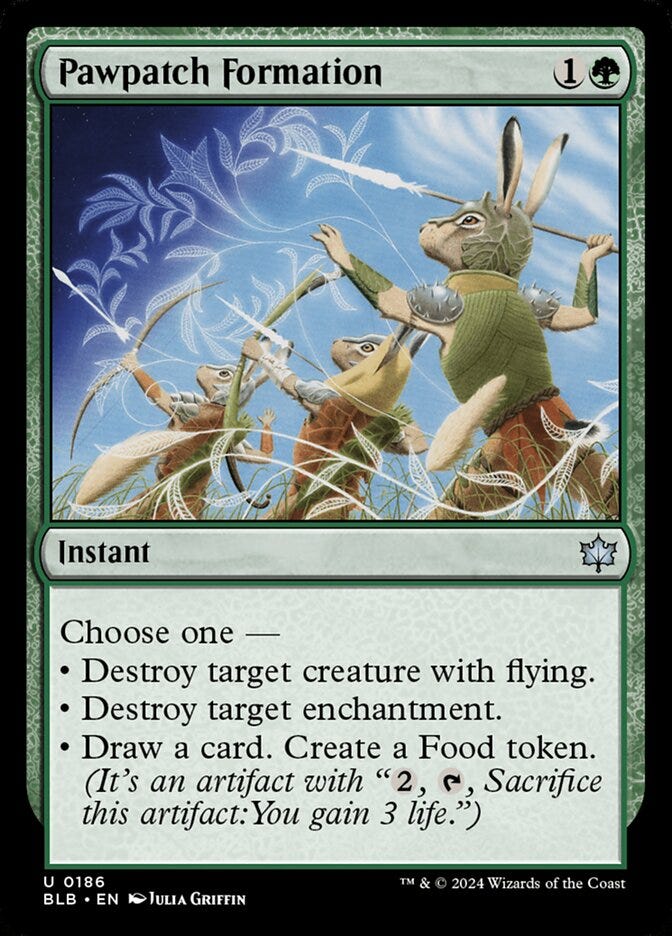



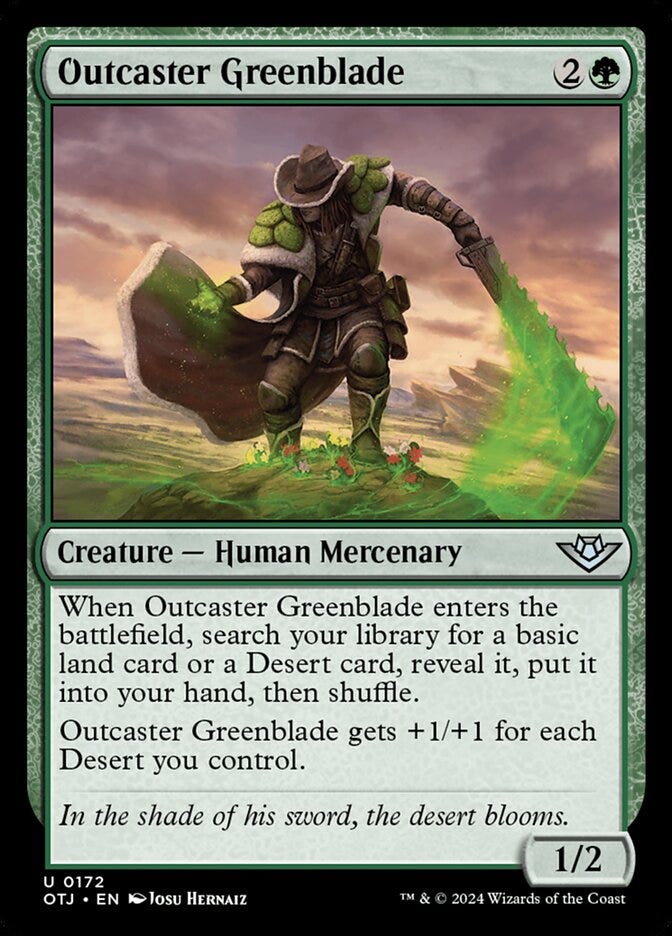
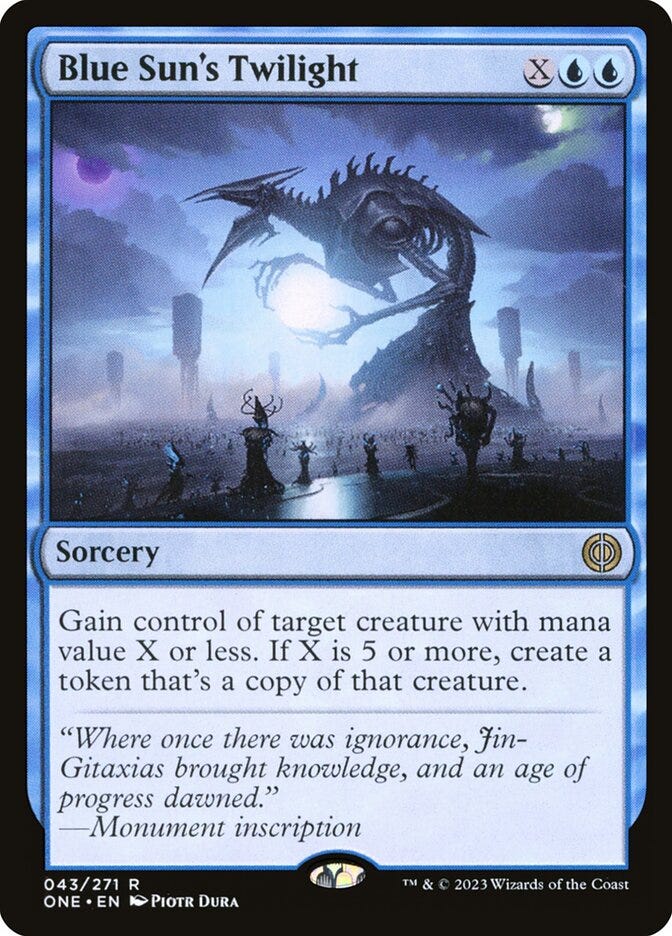
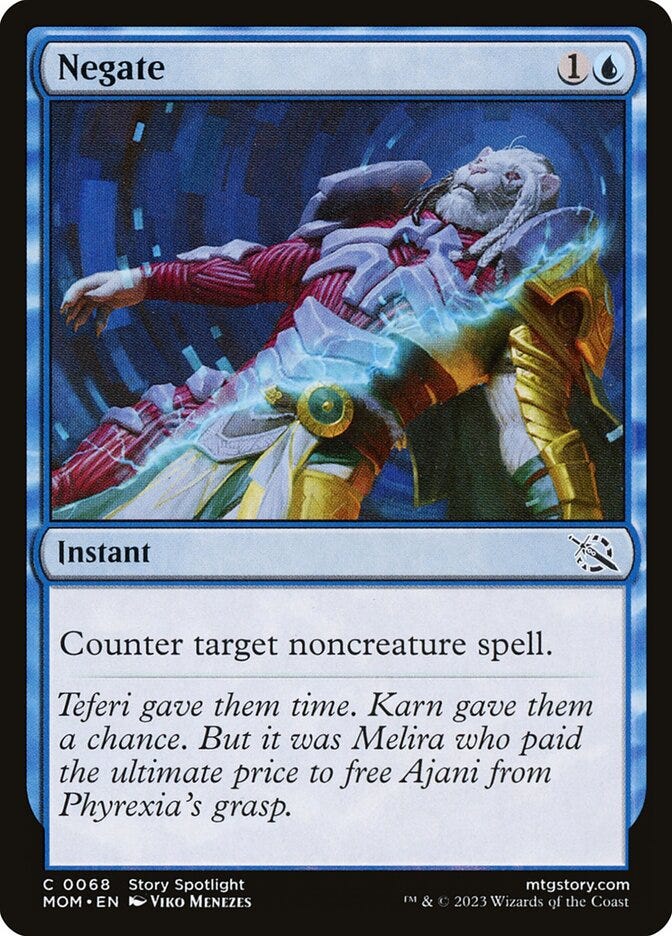

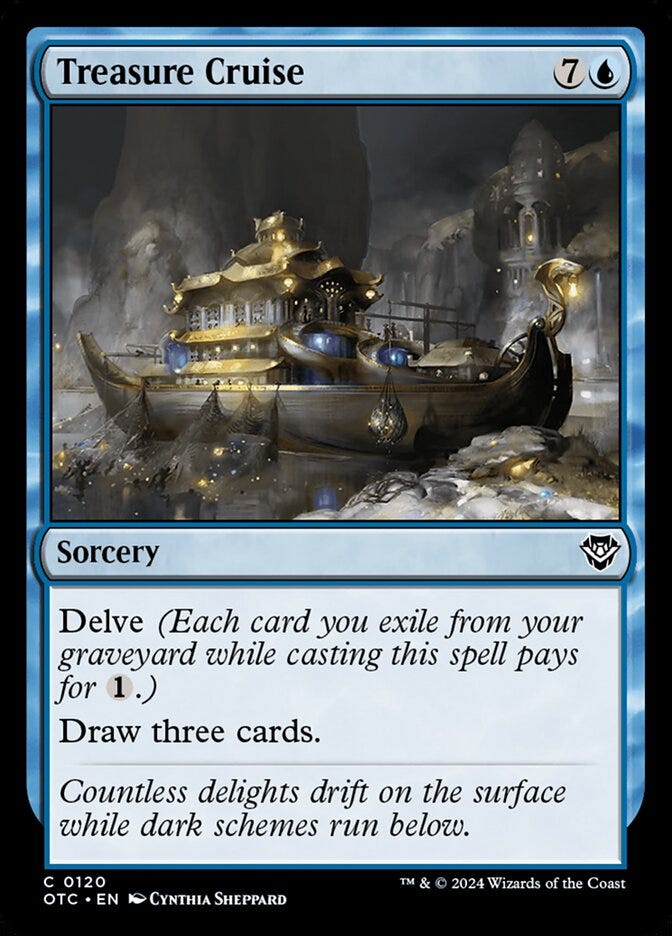
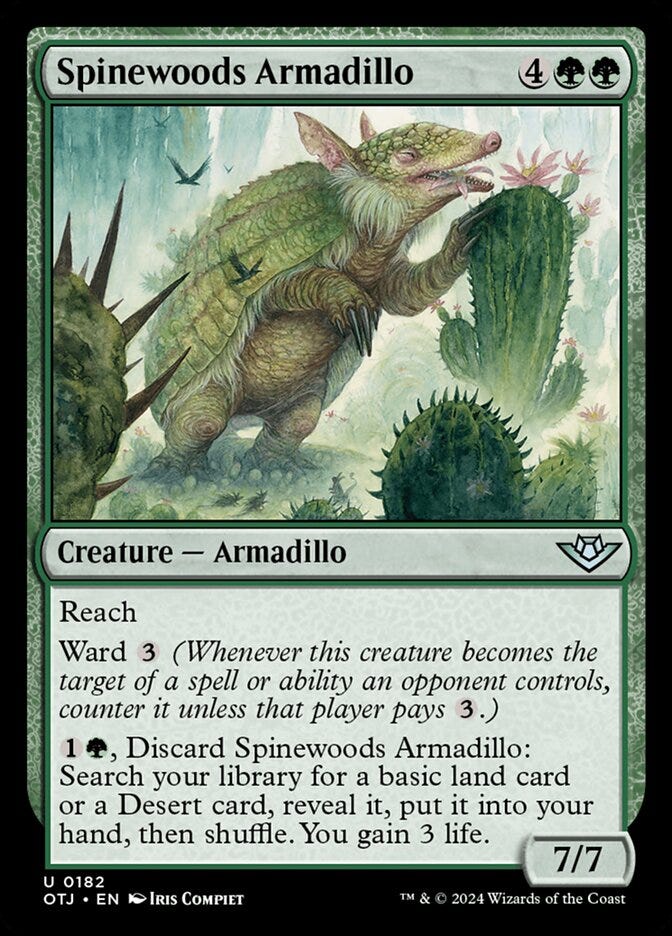
This deck is awesone. Keep up good work